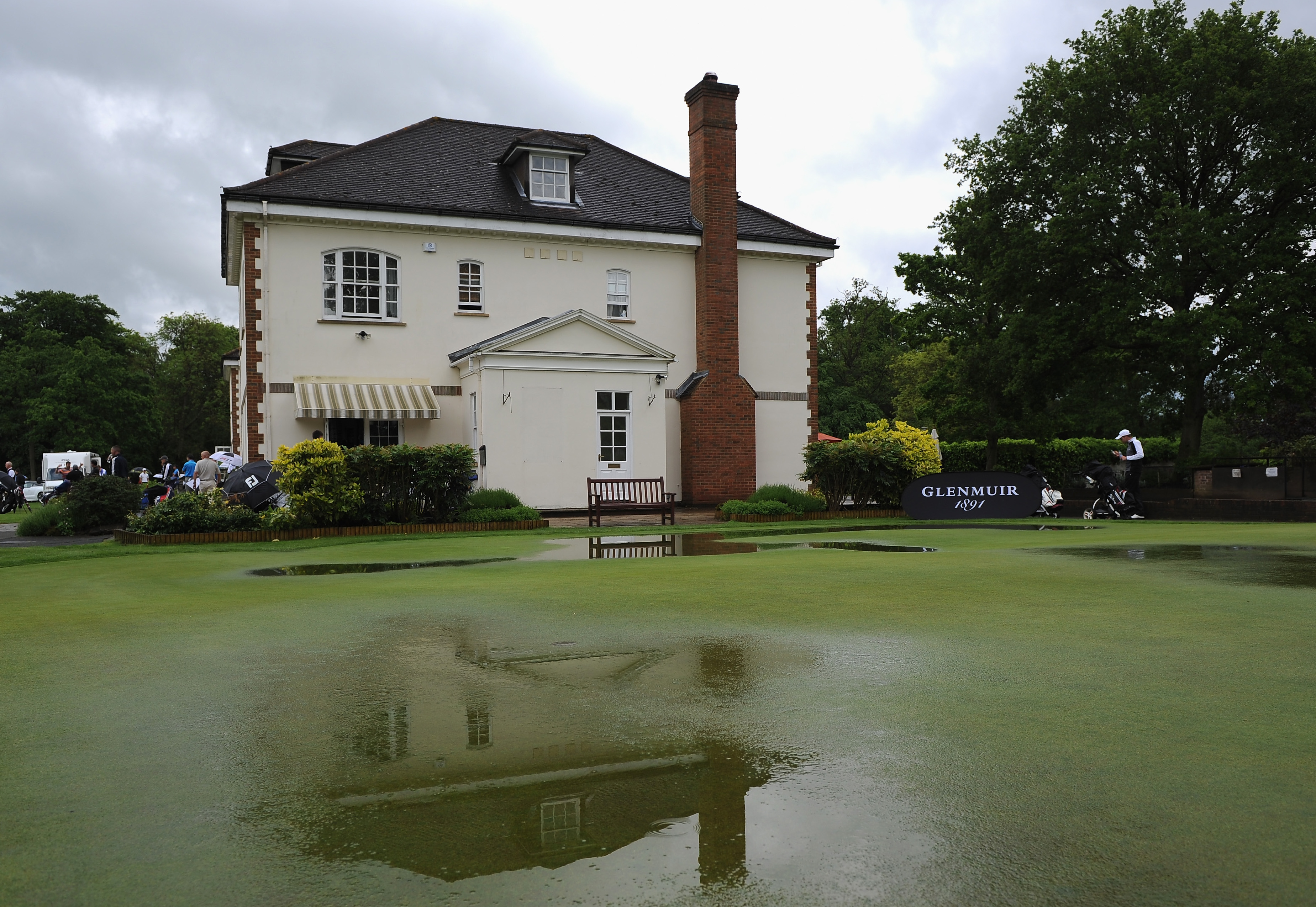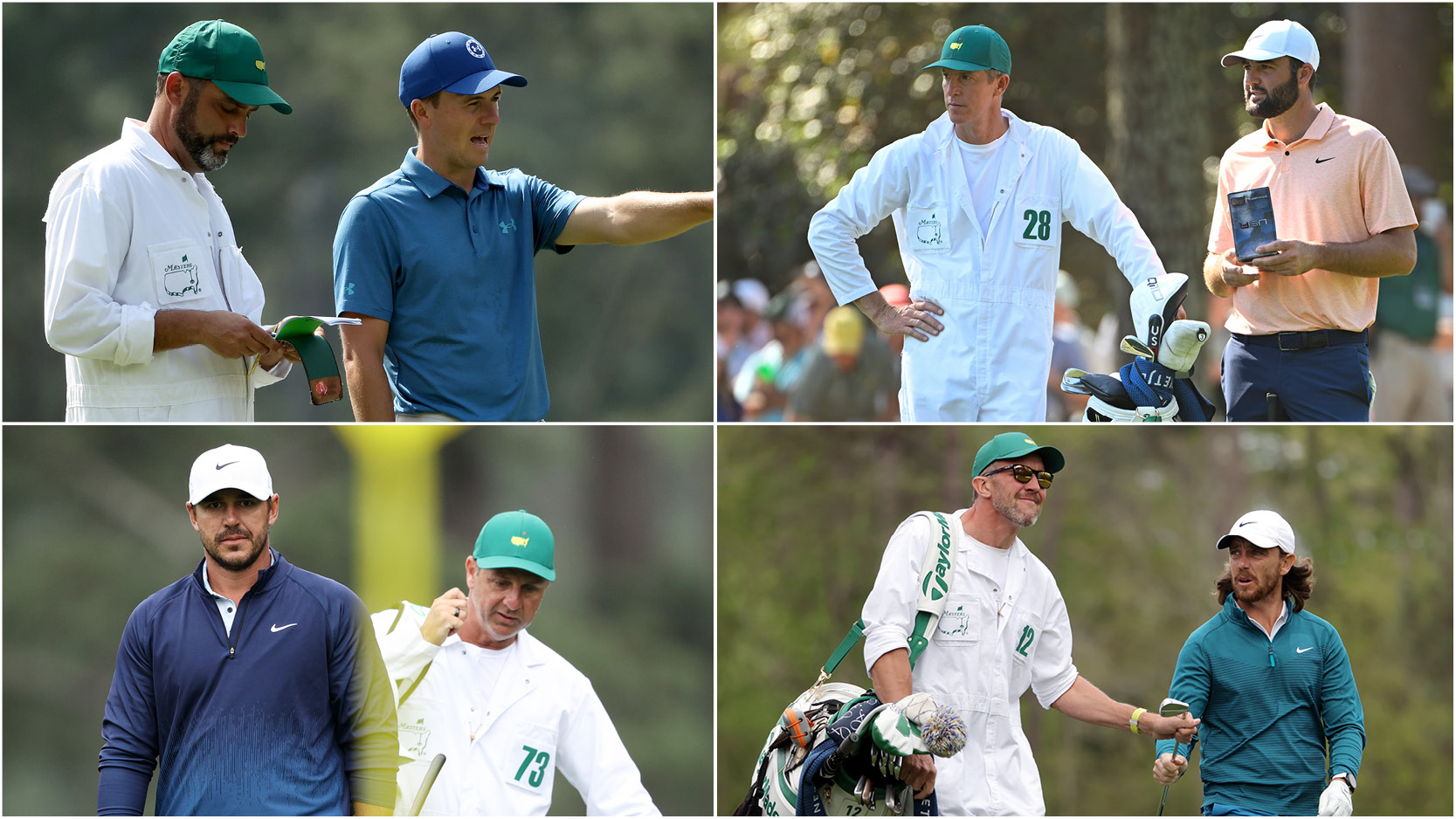What Is Maximum Available Relief In Golf And When And Where Does It Apply?
What does 'maximum available relief' mean and when might it come into play? We explain all...


Many golfers know that when taking relief from an abnormal course condition, you must take complete relief such that the condition you are taking relief from no longer interferes in any way with the lie of your ball or the area of your intended stance or swing.
For example, if you decide to take relief when your ball is on a cart path, you must ensure that you’ve taken complete relief, so that not only is your ball no longer on the path, but also neither are your feet, and it is clear that your club won’t strike the path during your swing either on your takeaway or follow-through.
There are, however, some circumstances where the Rules allow you to take 'maximum available relief' in bunkers or on the putting green when complete relief is not available within those specific areas of the golf course. This option is permitted when you are seeking to take free relief from an abnormal course condition in those two areas of the course (a bunker or a putting green), typically from an accumulation of temporary water, but it could also be an animal hole, an immovable obstruction or any other ground under repair.

You may still take free relief from temporary water in a bunker even if complete relief is not available and your foot would still be in the water
Let’s focus on temporary water and the dreaded flooded bunker! Most golfers will know that if they take relief outside the bunker, it will cost them a penalty stroke. However, free relief is available if they drop inside the bunker, and this is where the ‘maximum available relief’ option could apply.
If a bunker is significantly flooded and there is no nearest point of complete relief in the bunker, you may still take relief under Rule 16.1c by using the point of maximum available relief in the bunker as the reference point. This means that if there is somewhere in the bunker where you could drop that is not nearer the hole, even if your ball or feet would still be in shallower water, you are permitted to use this spot as your reference point to take free relief.

Many golfers will be keen to still drop in the bunker when complete relief is not available to avoid a penalty shot for dropping outside the bunker
In many cases, players will take this option to save themselves a shot, accepting that their feet might get a little wet in the process. It may even be that you drop the ball in a shallower part of the water but still fancy your chances in your desire to avoid a penalty shot for dropping outside the bunker.
It’s a similar story if your ball lies on the putting green. In addition, free maximum available relief is also permissible here if an abnormal course condition, such as temporary water, intervenes on your line of play (see Rule 16.1d).
Get the Golf Monthly Newsletter
Subscribe to the Golf Monthly newsletter to stay up to date with all the latest tour news, equipment news, reviews, head-to-heads and buyer’s guides from our team of experienced experts.

Only if your ball is on the putting green can you take maximum available relief for an abnormal course condition (e.g., temporary water) intervening on your line of play
If, for example, your ball lies on the putting green and temporary water will always interfere when taking relief, you may again find the nearest point of maximum available relief (not closer to the hole) and place your ball there. This point could be either on the putting green or in the general area.
It’s worth noting, however, that if your ball lies on the fringe or fairway and you’re hoping to putt, you won’t get relief for temporary water simply on your line of play – only if it interferes with the lie of your ball or area of intended stance or swing. The line of play element only comes into play if your ball is lying on the putting green.

Jeremy Ellwood has worked in the golf industry since 1993 and for Golf Monthly since 2002 when he started out as equipment editor. He is now a freelance journalist writing mainly for Golf Monthly. He is an expert on the Rules of Golf having qualified through an R&A course to become a golf referee. He is a senior panelist for Golf Monthly's Top 100 UK & Ireland Course Rankings and has played all of the Top 100 plus 91 of the Next 100, making him well-qualified when it comes to assessing and comparing our premier golf courses. He has now played 1,000 golf courses worldwide in 35 countries, from the humblest of nine-holers in the Scottish Highlands to the very grandest of international golf resorts. He reached the 1,000 mark on his 60th birthday in October 2023 on Vale do Lobo's Ocean course. Put him on a links course anywhere and he will be blissfully content.
Jezz can be contacted via Twitter - @JezzEllwoodGolf
Jeremy is currently playing...
Driver: Ping G425 LST 10.5˚ (draw setting), Mitsubishi Tensei AV Orange 55 S shaft
3 wood: Srixon ZX, EvenFlow Riptide 6.0 S 50g shaft
Hybrid: Ping G425 17˚, Mitsubishi Tensei CK Pro Orange 80 S shaft
Irons 3- to 8-iron: Ping i525, True Temper Dynamic Gold 105 R300 shafts
Irons 9-iron and PW: Honma TWorld TW747Vx, Nippon NS Pro regular shaft
Wedges: Ping Glide 4.0 50˚ and 54˚, 12˚ bounce, True Temper Dynamic Gold 105 R300 shafts
Putter: Kramski HPP 325
Ball: Any premium ball I can find in a charity shop or similar (or out on the course!)
-
 Every Player-Caddie Partnership At The 2025 Masters
Every Player-Caddie Partnership At The 2025 MastersEvery professional player needs a caddie and, at The Masters, we take a look at each player-caddie partnership taking on Augusta National
By Matt Cradock Published
-
 Brooks Koepka Confirms Driver Switch Ahead Of The Masters
Brooks Koepka Confirms Driver Switch Ahead Of The MastersThe five-time Major winner heads in to Augusta National as one of the favorites, but revealed he had changed his driver following LIV Golf Miami last week
By Matt Cradock Published